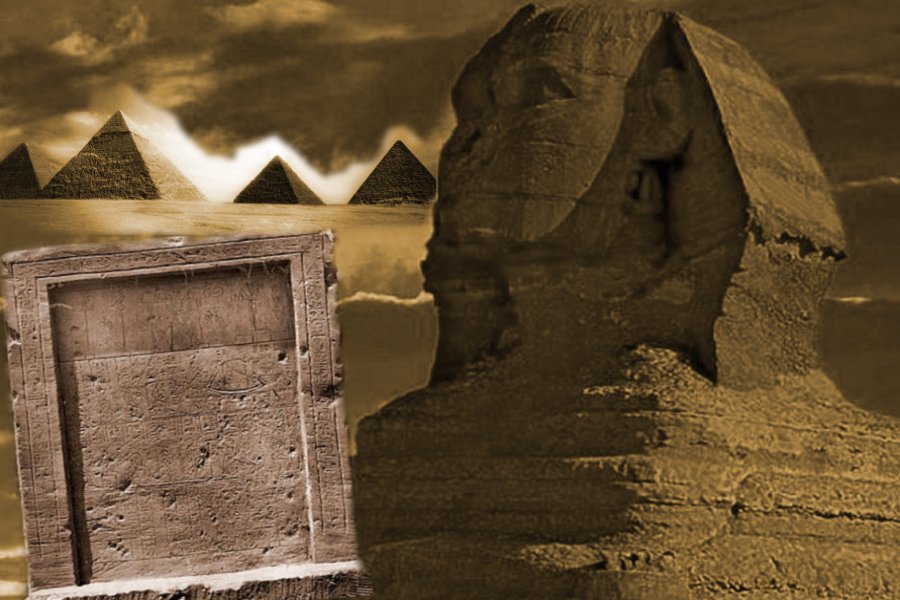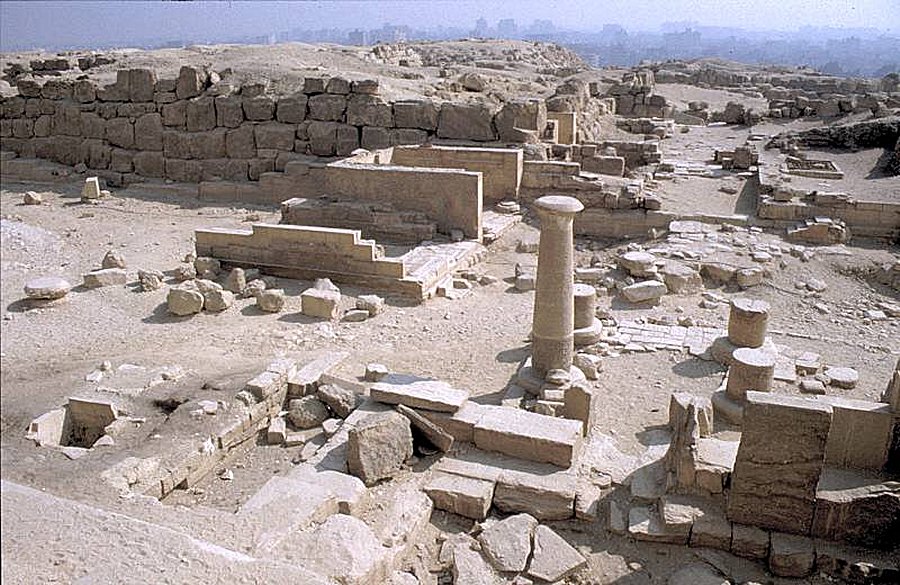Inventory Stela And Its Message: Controversy About This Artifact Still Remains
A. Sutherland - AncientPages.com - A controversial artifact known as the Inventory Stela says that the Valley Temple and the Sphinx, already existed during the reign of Khufu, who ruled more than 30 years before Khafre.
In other words, the stela provides evidence of far greater antiquity for these and other Giza structures. Its text clearly overthrows the accepted theories regarding the timeline of ancient Egypt.
The Inventory Stela was discovered in a small temple dedicated to the goddess Isis by Auguste Mariette, French archaeologist, and Egyptologist, in 1858.
The inscription also referred to Isis as the ‘Mistress of the Pyramid’, implying that the monument had been dedicated to the goddess of magic and not to Khufu at all, as it was long suggested.
The stela dates back to the 26th Dynasty, an epoch known as the Saitic Period (c. 670 BC, contains a list of 22 different divine statues owned by a Temple of Isis and other writings that have been also rejected by orthodox Egyptologists as fake.
The Stela, of which the original size is unknown (it was already damaged, when it was found), is made of polished granite and decorated with a commemorative inscription and a so-called apparition window.
What we all know officially is that the famous Pharaoh of the Fourth Dynasty, Khufu (Cheops), built the Great Pyramid, the famous Sphinx, and other Giza structures.
The text left on the Inventory Stela disagrees with these “facts” and proposes that both the Great Pyramid and the Temple of Isis existed before the time of Khufu (c. 2580 BC). It also tells how Khufu came upon the Sphinx, already buried in the sand.
The text on the stone informs:
“Long live The King of Upper and Lower Egypt, Khufu, given life
He found the house of Isis, Mistress of the Pyramid, by the side of the hollow of Hwran (The Sphinx) and he built his pyramid beside the temple of this goddess and he built a pyramid for the King's daughter Henutsen beside this temple. The place of Hwran Horemakhet is on the Southside of the House of Isis, the Mistress of the pyramid.
He restored the statue, all covered in painting, of the guardian of the atmosphere, who guides the winds with his gaze. He replaced the back part of the Nemes headdress, which was missing with gilded stone. The figure of this god, cut in stone, is solid and will last to eternity, keeping its face looking always to the East '(10).
Regarding the enigmatic Sphinx, the text is even more controversial because it states that lightning struck the tail of the headdress of the Sphinx and destroyed it and the Sphinx was already at its place long before the pharaoh Khufu came to power. Khufu built his temple in the vicinity of the "house of the Sphinx" and probably only renovated the Great Pyramid.
Zecharia Sitchin considered the Inventory Stela – “a must-see” artifact.
He wrote in his book "Journeys to the Mythical Past" that the stela was irrefutable proof, provided by Khufu/Cheops himself, that he did not build the Great Pyramid and that the Great Pyramid (and Sphinx) were already there in his time.
Many have questioned the authenticity of the stela, but “not all the Egyptologists of the early 20th century were doubters” Sitchin writes.
James H. Breasted included the Inventory Stela in the list of Fourth Dynasty artifacts. He believed the stela to be likely genuine because as he said it “bore all the marks of the authenticity”.
Also, the French Egyptologist Gaston Maspero (“The Dawn of Civilization”) said about the stela that even “if it was from a later time, it was a copy of an earlier authentic artifact, and thus a factual record of the life and deeds of Khufu..”
Mariette, the discoverer of the controversial stela, admitted that the dating of the artifact is arguable; however, the story inscribed on the stela must be considered historical.
“We can argue about the epoch of the carving of these texts . . . but we cannot argue about the content of the information given in the text. . . we also note that the Great Sphinx is shown among the other statues that are mentioned. This colossal symbol [the Sphinx] thus already existed in the time of Cheops [Khufu]. Consequently, it is older than the actual pyramids” (Mariette 1872) as cited by R. M. Schoch in "Origins of the Sphinx".
The artifact remains a controversy.
Written by – A. Sutherland AncientPages.com Staff Writer
Copyright © AncientPages.com All rights reserved. This material may not be published, broadcast, rewritten or redistributed in whole or part without the express written permission of AncientPages.com
Expand for referencesReferences:
Sitchin Z. “Journeys to the Mythical Past”
Hancock, G. Fingerprints of the Gods
Schoch R. M. "Origins of the Sphinx. Celestial Guardian of Pre-Pharaonic Civilization
Sitchin Z. “The Stairway to Heaven”
More From Ancient Pages
-
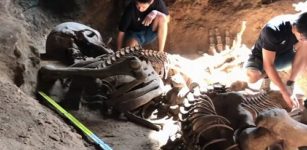 Ancient Giant Skeleton Discovered In Krabi Cave Confirms Legend Of The Nagas – Or Perhaps Not
Archaeology | May 17, 2020
Ancient Giant Skeleton Discovered In Krabi Cave Confirms Legend Of The Nagas – Or Perhaps Not
Archaeology | May 17, 2020 -
 Vikings Had Dark Humor And Joked Even During Deadly Battles
Featured Stories | Nov 10, 2016
Vikings Had Dark Humor And Joked Even During Deadly Battles
Featured Stories | Nov 10, 2016 -
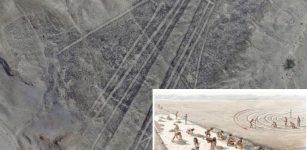 Dozens Of Giant ‘Lost’ Nazca Geoglyphs Unearthed By Drones In Peru
Archaeology | Apr 7, 2018
Dozens Of Giant ‘Lost’ Nazca Geoglyphs Unearthed By Drones In Peru
Archaeology | Apr 7, 2018 -
 Did Ancient Oshoro Stone Circle Serve As A Portal To The Spirit World?
Featured Stories | Aug 19, 2017
Did Ancient Oshoro Stone Circle Serve As A Portal To The Spirit World?
Featured Stories | Aug 19, 2017 -
 Strange Case Of The ‘Impossible’ Glove Remains Unexplained – The Discovery – Part 1
Featured Stories | May 24, 2019
Strange Case Of The ‘Impossible’ Glove Remains Unexplained – The Discovery – Part 1
Featured Stories | May 24, 2019 -
 World’s Largest Complex Of Borobudur – Spectacular Buddhist Masterpiece
Civilizations | May 3, 2016
World’s Largest Complex Of Borobudur – Spectacular Buddhist Masterpiece
Civilizations | May 3, 2016 -
 Mysterious Underwater Ruins In Canada And America – Evidence Of An Unknown Ancient Civilization?
Civilizations | Sep 17, 2020
Mysterious Underwater Ruins In Canada And America – Evidence Of An Unknown Ancient Civilization?
Civilizations | Sep 17, 2020 -
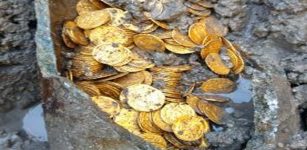 Hundreds Of Ancient Golden Coins Kept In A Soapstone Vessel – Unearthed In Como, Italy
Archaeology | Sep 11, 2018
Hundreds Of Ancient Golden Coins Kept In A Soapstone Vessel – Unearthed In Como, Italy
Archaeology | Sep 11, 2018 -
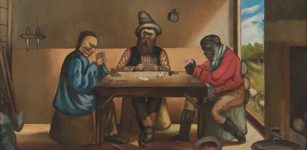 How Gold Rushes Helped Make The Modern World
Featured Stories | Aug 1, 2019
How Gold Rushes Helped Make The Modern World
Featured Stories | Aug 1, 2019 -
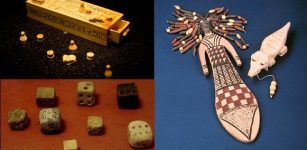 Ancient Egyptian Toys And Games In Focus
Featured Stories | Jan 15, 2016
Ancient Egyptian Toys And Games In Focus
Featured Stories | Jan 15, 2016 -
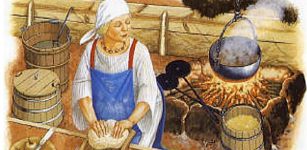 Cooking Gear Found In Graves Of Viking Men And Women
Archaeology | Jun 27, 2019
Cooking Gear Found In Graves Of Viking Men And Women
Archaeology | Jun 27, 2019 -
 DNA Reveals Participants In California’s Gold Rush Dined On Salted Atlantic Cod
Archaeology | Jan 7, 2022
DNA Reveals Participants In California’s Gold Rush Dined On Salted Atlantic Cod
Archaeology | Jan 7, 2022 -
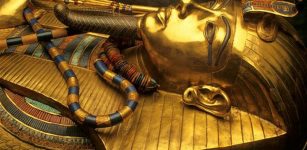 Tests On Tutankhamun’s Tomb: Non-Invasive Radar Search For Nefertiti To Start Thursday
Archaeology | Nov 23, 2015
Tests On Tutankhamun’s Tomb: Non-Invasive Radar Search For Nefertiti To Start Thursday
Archaeology | Nov 23, 2015 -
 Ancient Fossil Found In Sahara Suggests Loch Ness Monster Could Be Real
Archaeology | Jul 27, 2022
Ancient Fossil Found In Sahara Suggests Loch Ness Monster Could Be Real
Archaeology | Jul 27, 2022 -
 Hundreds Of Ancient Ceremonial Sites Discovered Near Aguada Fénix – The Largest And Oldest Maya Monument In Mexico
Archaeology | Nov 8, 2021
Hundreds Of Ancient Ceremonial Sites Discovered Near Aguada Fénix – The Largest And Oldest Maya Monument In Mexico
Archaeology | Nov 8, 2021 -
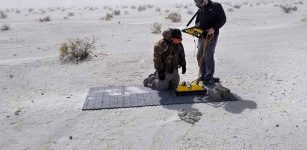 Radar Reveals ‘Ghost’ Footprints From Pleistocene Era
Archaeology | Nov 13, 2019
Radar Reveals ‘Ghost’ Footprints From Pleistocene Era
Archaeology | Nov 13, 2019 -
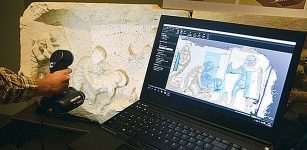 Archaeologists Use Laser Technology To Create Digital Models Of Ancient Artifacts
Archaeology | Jan 28, 2016
Archaeologists Use Laser Technology To Create Digital Models Of Ancient Artifacts
Archaeology | Jan 28, 2016 -
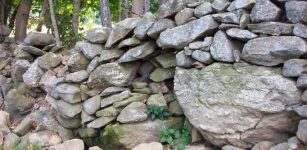 New England’s Abandoned Stone Walls Deserve A Science Of Their Own
Featured Stories | Jan 5, 2024
New England’s Abandoned Stone Walls Deserve A Science Of Their Own
Featured Stories | Jan 5, 2024 -
 ‘Impossible’ Ancient Knowledge Of The Gods’ Star – Mysterious Beings – Part 2
Featured Stories | Sep 4, 2021
‘Impossible’ Ancient Knowledge Of The Gods’ Star – Mysterious Beings – Part 2
Featured Stories | Sep 4, 2021 -
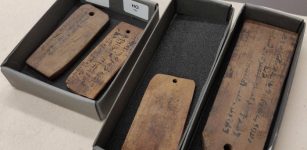 Scientists Reconstruct The Climate Of The Ancient World Using Small Wooden Artifacts And Mummies
Archaeology | Apr 5, 2023
Scientists Reconstruct The Climate Of The Ancient World Using Small Wooden Artifacts And Mummies
Archaeology | Apr 5, 2023

